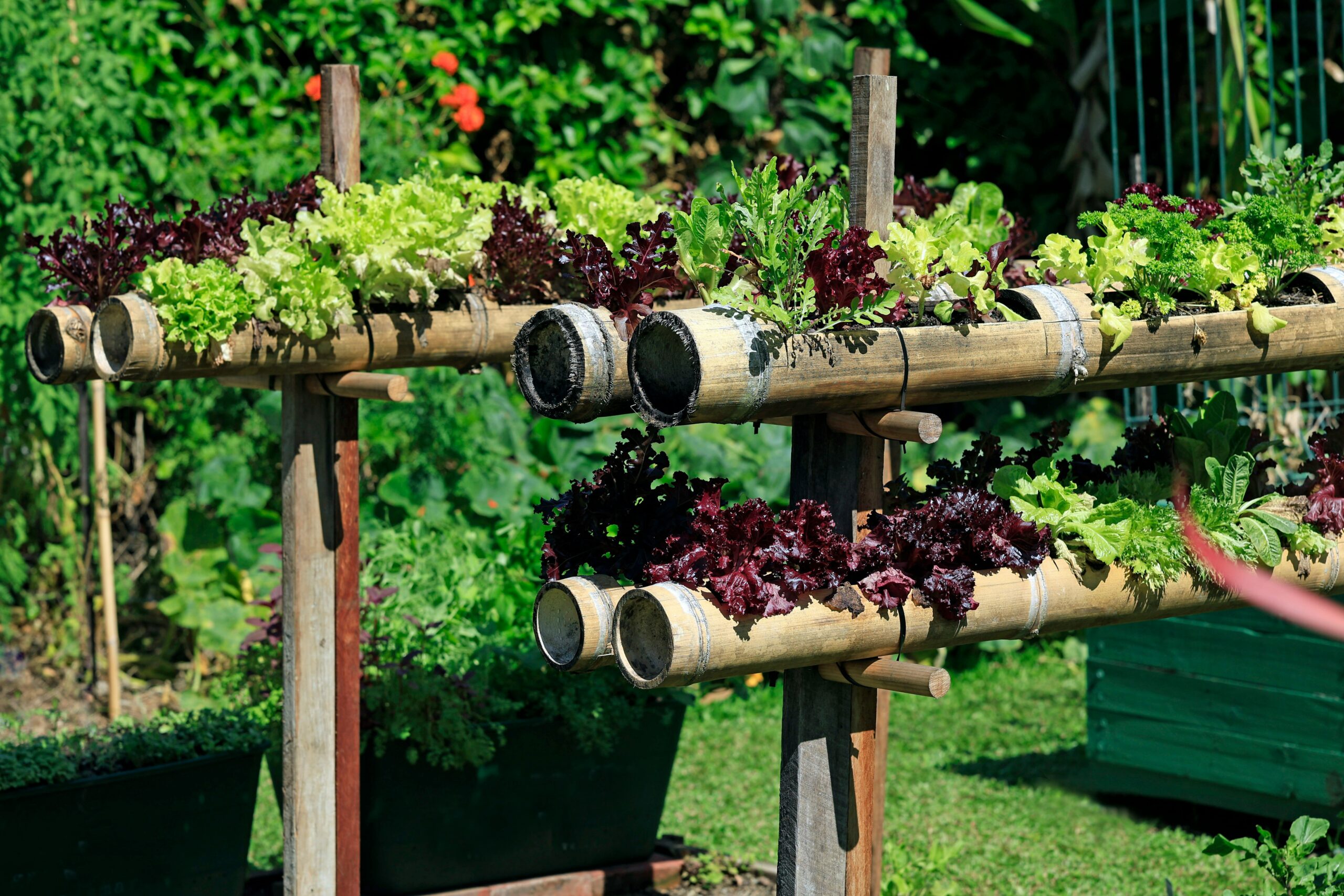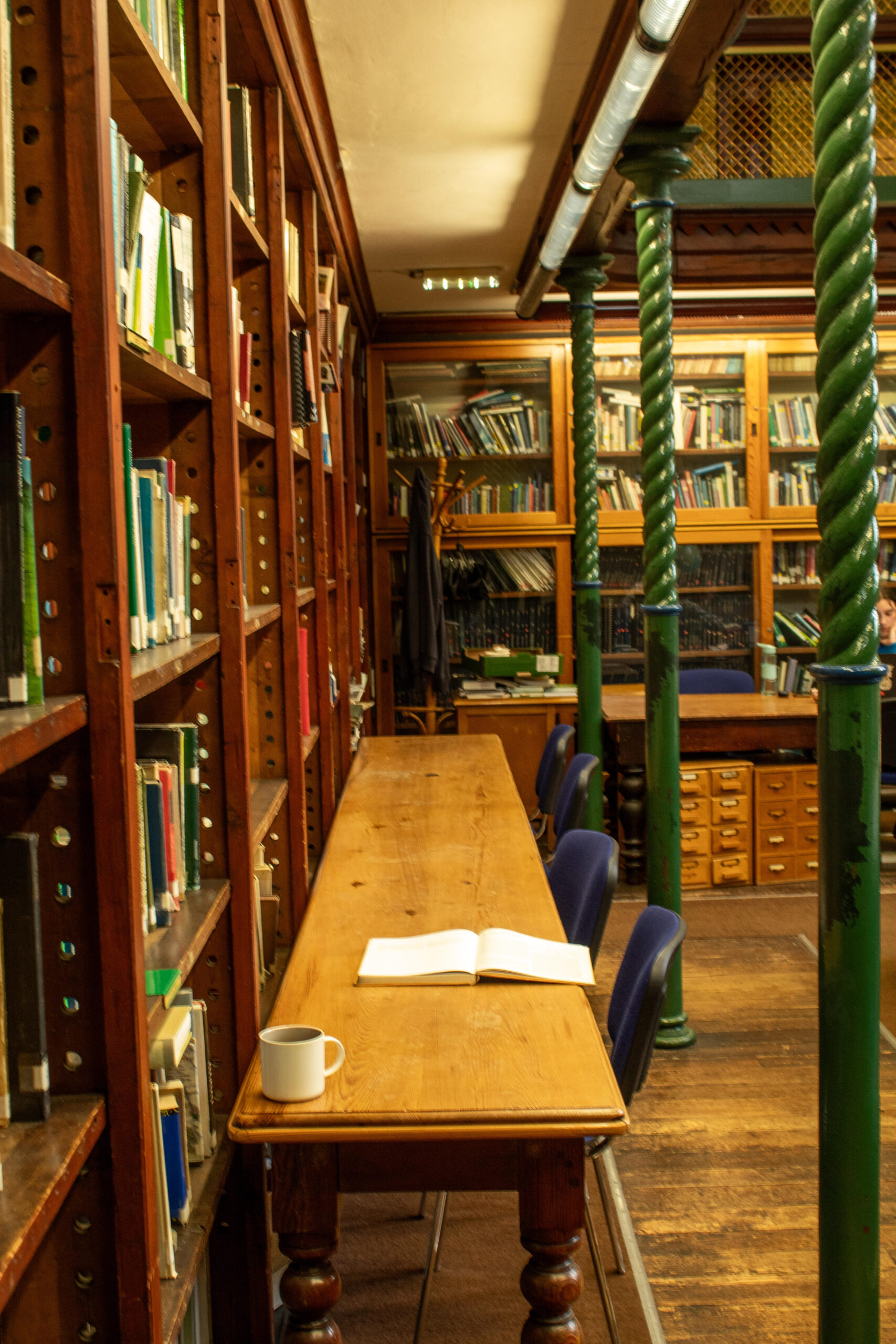Tucked away in the back corner of Trinity’s campus, where the DART rumbles overhead and frantic bicyclists swerve pedestrians to lock up their bikes, exists a little pocket of peace: the Trinity urban garden. A space just two metres wide by eleven metres long, grows flowers, vegetables, native Irish plants, herbs, fruits, and just about anything else that can take root in Dublin’s rainy climate. It seems paradoxical that such an idyllic green space exists in the most modern and urban section of campus. Yet, there it grows, defying the hustle and bustle of exhausted STEM students and revved up gym-goers.
The urban garden functions as a science experiment for some, like volunteer Conor O’ Reilly who set up a hydroponics system in the garden’s centre, in which plants grow in a continual flow of nutrient rich water—no soil, whatsoever. But for most, the urban garden is a vital community space and climate solution to connect with each other and with plant life, through regular plant workshops and weekly open gardening sessions.
The urban garden had its beginnings in November of 2021, when PhD researcher Eleanor Mullin received funding from the Provost’s Climate Action Fund for COP26 and shortly after found the space and began construction. From its very inception, the urban garden has been a community effort: some initial 20 volunteers, from every sort of academic background, met and tried to devise solutions for creating a garden in such a small, dark, space.
Since then, the urban garden has expanded in size and reach, relying on the Trinity community to do so. Over the months, volunteers and garden stewards repurposed filing cabinets into garden planters and brought in their own food scraps, planters, and plants. In a talk given at Trinity in August of 2023, Mullin explained ‘sometimes we’d come in one morning and find plants randomly put into the garden as donations’. There is a remarkable symbiosis between the garden and the community: as community members give their time and materials to the garden, they receive fresh produce, plants, gardening education, and a sense of peace that only comes from working the soil. Current managers and volunteers are always trying to broaden the community reach: collaborations with student societies like the Visual Arts Society have led to decorated planters and pressed flower crafts, while the newly installed seed swap box functions as a sort of seed library, allowing the college community to grow their plants from scratch instead of importing plants from abroad.
In the past, urban garden attempts at Trinity have failed to take off, like a 2020 attempt at a community garden at Trinity Halls. Part of the urban garden’s success comes from its location in the heart of campus. For a successful community garden, ‘you need a big cohort of students and then a small subset will be interested’, explained Mullin in an interview with The University Times. The urban garden has produced massive success, in everything from its volunteer baked rhubarb pies and harvested salads, to its 2023 Sustainability Leadership Award.
It is a carefully planned space, separated into five main garden zones, dependent on light and temperature. For instance, the native forest garden is in the darkest area, allowing for both carbon capture and a display of Irish biodiversity. In and of itself, the planning was a research project, in collaboration with many masters students and their capstone projects. Among others, MSc student Noor Boulahcen wrote his masters thesis on measuring temperature throughout the urban garden in order to plant most effectively.
Beyond the positive impacts of the urban garden on the Trinity community, it also combats a warming climate. It provides a space for native plants, insects, and urban wildlife that might otherwise be bereft in Dublin’s city centre, and takes in some small amounts of carbon from the atmosphere. As a small patch of green, the garden also helps to fight the urban heat island effect. In cities, buildings and roads replace natural land cover which would normally absorb heat, leading to significantly higher temperatures in urban centres versus the surrounding countryside. Though slight, the twenty oddmetres squared land area of the urban garden absorbs excess heat and regulates microclimates.
Of course, individually, the urban garden is dwarfed by the ongoing climate crisis. Its true value is as a microcosm of sustainable agriculture: as the Trinity Urban Garden website states, one objective is to “serve as an educational model for growing healthy food sustainably…reduc[ing] the reliance on peat-based growing media and encourag[ing] zero-waste practices”. The urban garden is crucial not because it single handedly slashes carbon emissions or food waste, but because it provides the Trinity community its very own model of a potential future of sustainable agriculture. “Trinity is full of people who are going to move out into the world and look at climate solutions,” Mullin noted, “so trying to inspire them to protect, is the main motivation”. For many young people, the climate crisis is daunting and anxiety-inducing. At the garden, students can channel those feelings of despair into something positive: greenery, community, and sustainability. In this community space, the goal is to avoid ‘the negative spins’, as Mullin put it, and instead find a bit of hope.
Some three years into the project, the urban garden is a burst of colour in what used to be a barren gravel patch. For the future, it will only continue to grow – literally and metaphorically – and interact with more students. Greater outreach and connection is the goal. When it comes down to it, Mullin explained, “People need to love plants to want to protect them. They need to appreciate them as living creatures”. More than anything, the urban garden provides a connection to the natural world in the concrete commotion of the city centre.







